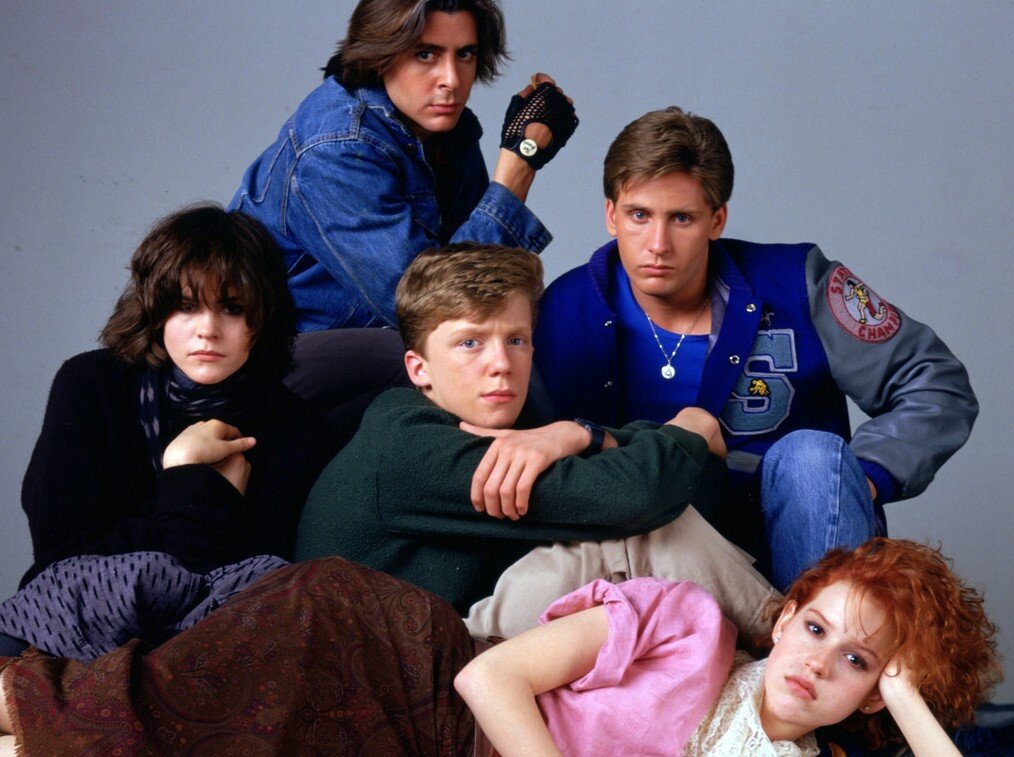Editorial note: Opinions expressed here are solely those of the blogger
I’ve always been a rabbit hole kind of person. Ever since I was a kid I’d lock on to a certain author, musician, or actor and consume their work until I either exhausted the catalog or moved on to someone else.
I’ve also been a runner for most of my life although during the past several years it’s more accurate to refer to myself as a jogger. During the spring and summer, I’ll run outside and then, when kids go back to school, head to the gym where I’ll spend several months running on the “dreadmill.”
Last year my wife Wendy suggested I watch television shows on my phone to break the monotony of staring at a dark parking lot while I plod along. I ran with the idea (sorry, too easy) and after catching up on Cobra Kai and watching the dark-but-mostly-fun Brand New Cherry Flavor, felt another rabbit hole beckoning me. I ended up watching all the Star Wars content available on my Disney+ app, enjoying the sense of accomplishment more than the content itself.
This year’s return to the gym coincided with our son Ethan beginning his freshman year. I miss Ethan deeply and, looking for ways to feel connected to him, started watching the series Money Heist, which he and Wendy enjoyed quite a bit. At first it was fun and of course I thought of Ethan while I watched. Then, after about seven or eight episodes it dawned on me that the series was really lame. So, I stopped watching rather than forcing my way through to the end.
Yesterday I felt listless when I arrived at the gym and found myself avoiding the start of my run while I flicked through my different streaming services apps. Eventually I settled on Somebody Feed Phil, a food-themed travelogue featuring Phil Rosenthal. I remembered hearing good things about the series and pitching my family on it, but no one wanted to watch. Perfect. But within minutes I realized that Somebody Feed Phil was a pretty much a kinder, gentler Parts Unknown. I almost felt like I was tarnishing the late, great Anthony Bourdain’s legacy by watching.
Today it was raining and drizzly when I arrived at the gym. For some reason the weather reminded me that I’d watched the first season of The Witcher, a British Fantasy series. I’d just started reading a Fantasy novel a few days prior. Perhaps this could be my next rabbit hole.
The Witcher isn’t exactly great content. It’s hokey and campy and its episodes play on one tired genre trope after another. But it doesn’t require my full attention. I can zone out for a few minutes and return to the show and not feel like I’m missing anything. It’s enough for now. Until I decide to go looking for something more.

Image credit: Rahim Sofri









